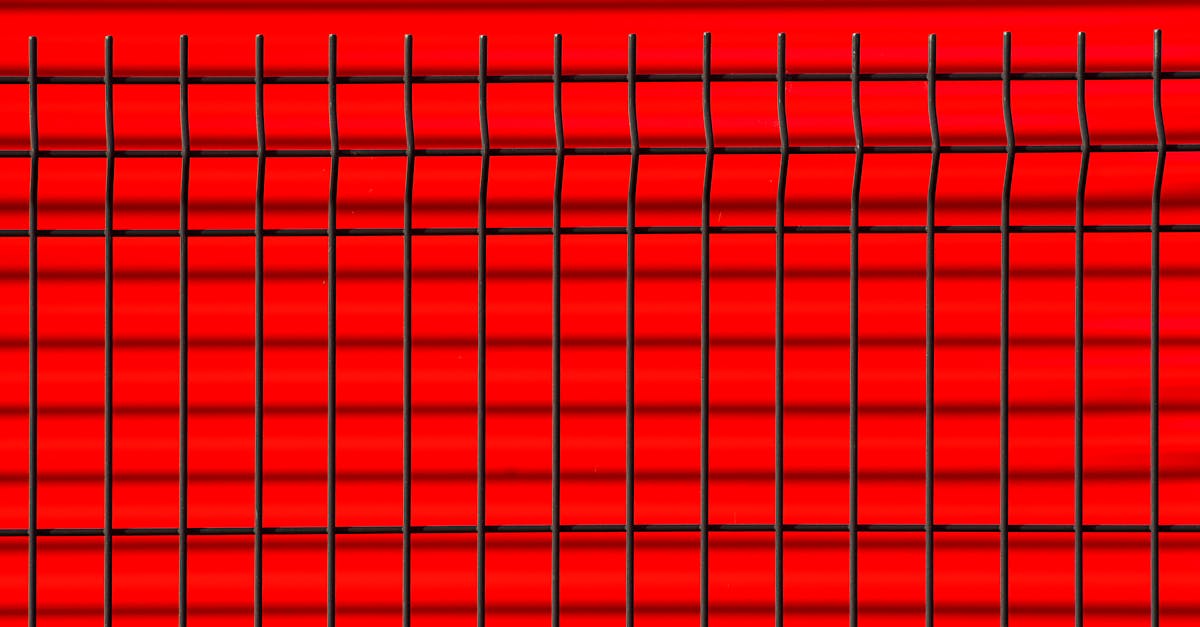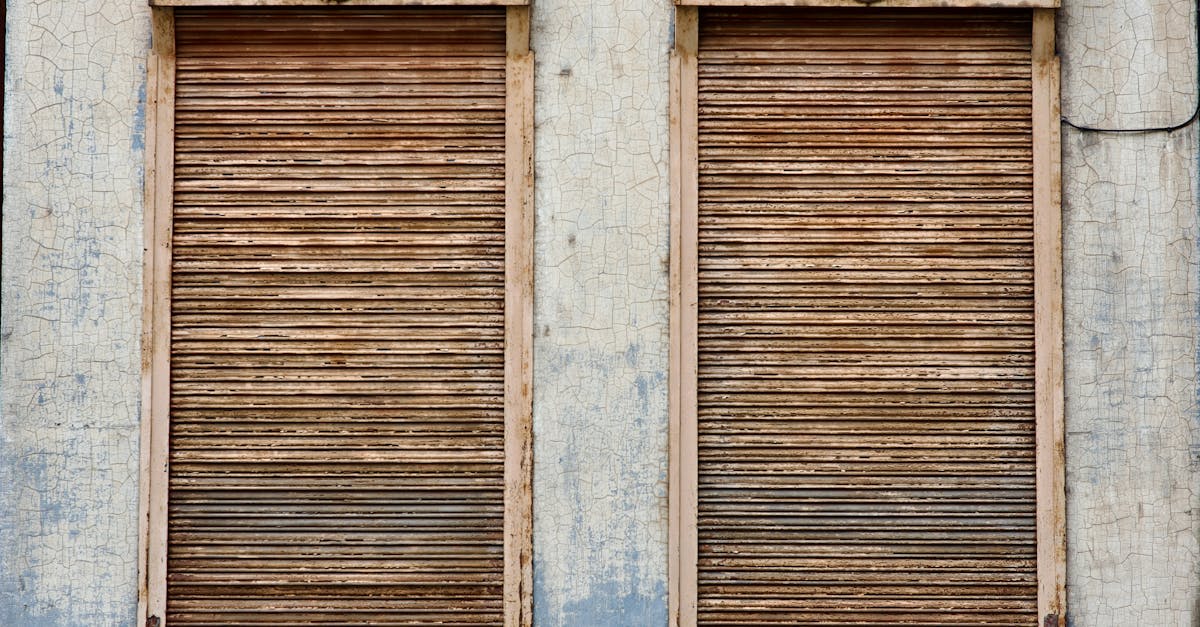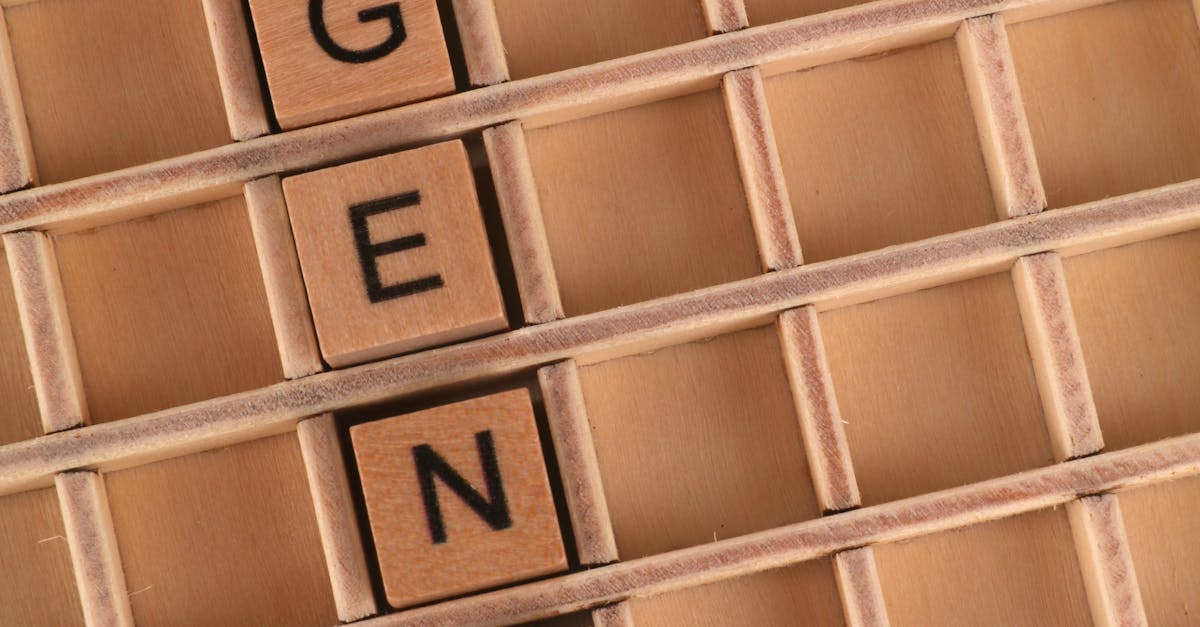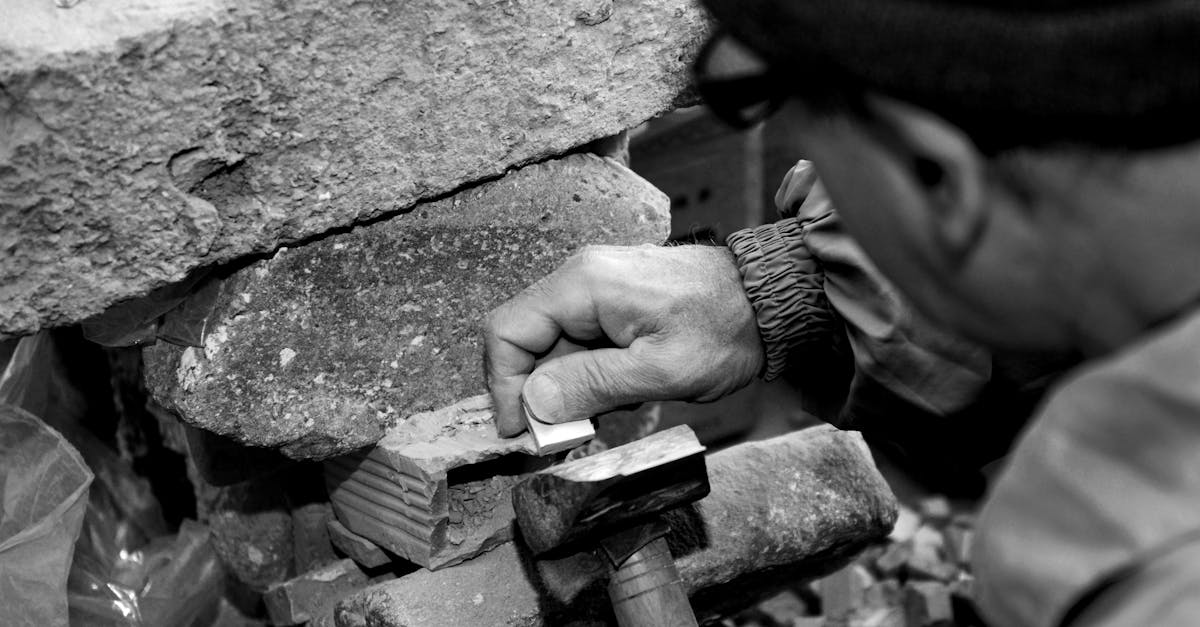
Table Of Contents
Gathering Necessary Tools and Materials
Before beginning the toilet installation and repair process, it's essential to gather all necessary tools and materials. Start with basic hand tools, including a wrench, adjustable pliers, and a screwdriver. Having a level on hand will ensure your toilet sits evenly, while a measuring tape can assist in checking the dimensions of your small bathroom. Additionally, you will need specific plumbing materials such as a wax ring, new bolts, and possibly a flange if the existing one is damaged.
Don’t forget to gather safety equipment like rubber gloves and safety goggles to protect yourself during the installation. Having all these items ready simplifies the workflow, making the project efficient. Review the manufacturer's instructions for your chosen toilet model to ensure you have any unique components required for installation. Being well-prepared will make the task less daunting and contribute to a successful toilet installation and repair experience.
Essential Equipment for DIY Toilet Installation
When undertaking a DIY toilet installation, it is crucial to gather the right equipment. Standard tools like a wrench, screwdriver, and a level will ensure that the installation process goes smoothly. A toilet auger can be handy for any potential clogs, while a hacksaw may be necessary for trimming pipes or fittings as needed. Having a sponge and bucket nearby can help with managing any unexpected water spills during the process.
In addition to basic tools, consider materials specifically designed for toilet installation and repair. Products such as a wax ring seal and a toilet fill valve are essential for creating a watertight connection between the toilet and the plumbing system. Selecting a high-quality toilet flange can also contribute to the stability of the toilet bowl. Ensuring you have all these items can greatly simplify the task of toilet installation and repair while helping to avoid common pitfalls associated with inadequate preparations.
StepbyStep Installation Process
Start by carefully preparing the area where the toilet will be installed. Ensure that the old toilet has been removed and the floor is clean and free of any debris. Check that the flange is in good condition; if it needs replacement, this step should be done before proceeding with the new installation. Plan the positioning of the new toilet, aligning it with the existing pipework. This setup will facilitate a smoother installation.
Once everything is in place, it's time to secure the toilet bowl. Gently lower the toilet onto the flange, ensuring the bolts align properly. Firmly press down to create a seal between the toilet and the wax ring. Tighten the mounting bolts evenly to prevent any wobbling. For toilet installation and repair, ensuring a stable fit is crucial to avoiding leaks. After securing the bowl, proceed with attaching the tank, following the specific manufacturer guidelines to ensure everything is connected correctly.
Aligning and Securing the Toilet Bowl
When aligning the toilet bowl, it is essential to position it directly over the flange, ensuring that the holes in the base align with the screw holes on the flange. Carefully lower the bowl onto the wax ring, applying gentle pressure to create a seal. Check that the bowl is level using a spirit level. If it is not level, adjust the position slightly by lifting and repositioning it until it sits evenly. Proper alignment is crucial for the functionality and stability of the toilet.
Once aligned, secure the toilet bowl using the supplied bolts. Insert the bolts through the holes in the base, ensuring they penetrate the flange beneath. Tighten the nuts on the bolts evenly, taking care not to overtighten, as this can crack the ceramic. Periodically check the bowl for level during this process. Securely installing the bowl helps prevent leaks and ensures the toilet functions correctly. For any issues that arise during installation, knowledge in toilet installation and repair can prove invaluable.
Ensuring Proper Sealing and Flushing
Achieving a secure seal around the base of the toilet is crucial for preventing leaks and ensuring stable operation. Start by placing a new wax ring onto the flange. The wax ring needs to be centred and properly compressed when the toilet is set down. Align the toilet carefully over the ring, pressing down firmly to create a strong seal. Once in place, secure the toilet bowl with bolts, making sure not to overtighten them to avoid cracking the porcelain. This attention to detail during the sealing process can make all the difference in your toilet installation and repair efforts.
After successfully sealing the toilet, the next step is to connect the tank to the bowl and ensure efficient flushing. Position the tank on the bowl carefully, aligning the holes for the bolts. Insert the screws and tighten the nuts, ensuring a snug fit while avoiding excessive force. Connect the water supply line to the tank, checking for any leaks after turning the water back on. Flush the toilet several times to test the functionality of the unit. This verification process is essential for confirming that your installation meets all operational requirements and resolves any potential issues right away.
Installing Wax Rings and Connecting the Tank
To begin the installation of the wax ring, ensure that the flange on the floor is clean and free of debris. Take the wax ring and press it firmly onto the flange, ensuring it creates a complete seal. This ring will form a watertight barrier when the toilet bowl is placed on top. Carefully align the bowl over the wax ring, lowering it gently onto the flange while guiding the outlet of the toilet into the ring. This stage is crucial in toilet installation and repair, as a proper seal will prevent leaks.
After securing the bowl, proceed to connect the tank. Place the tank onto the bowl, aligning the holes with the mounting bolts. Hand-tighten the nuts onto the bolts, ensuring the tank is level and secure. It’s essential not to overtighten, as this can cause cracks in the porcelain. Once the tank is secured, connect the water supply line, checking that there are no leaks at each connection. This careful attention during installation will result in effective flushing and optimal functionality for your new toilet.
FAQS
What tools do I need to install a toilet in a small bathroom?
You will need basic tools such as a wrench, screwdriver, level, tape measure, and a putty knife. Additionally, materials like a wax ring, toilet bolts, and a new toilet are essential for the installation.
How long does it typically take to install a toilet?
The installation process can take between 2 to 4 hours, depending on your experience and whether any unexpected issues arise.
Do I need to turn off the water supply before installing a toilet?
Yes, it is crucial to turn off the water supply to prevent any leaks or spills during the installation process.
How can I ensure there are no leaks after installing the toilet?
After installation, check for leaks by turning the water supply back on and observing the connections for any signs of water escaping. Additionally, ensure that the wax ring is properly seated and that the tank is securely fastened.
What should I do if the toilet doesn’t flush properly after installation?
If the toilet isn’t flushing correctly, check to ensure that the tank is filled with water and that the flapper valve is functioning. You may also want to inspect the plumbing for clogs or obstructions. If issues persist, consider consulting a professional plumber.





























